Have you ever noticed the different shapes and colors of the rocks and soil around you? That’s likely chemical weathering at work! It’s a natural process where rocks react with water, air, and other things in the environment, changing their appearance and composition. It’s like a giant chemistry experiment that’s happening all around us, shaping the world we live in.
Which of the following is an example of chemical weathering?
Ever wondered how majestic mountains can be worn down over time? It’s not just the wind and rain physically chipping away at them; there’s a hidden force at play called chemical weathering. This process changes the very makeup of rocks and minerals, kind of like breaking them down from the inside out.
One of the most striking examples of this is the effect of acid rain. Imagine this: we burn fossil fuels, and that releases sulfur dioxide into the air. This gas mixes with water vapor, and boom! We get sulfuric acid. When this acid rain falls on rocks, it reacts with the minerals in them, dissolving and changing them over time. It’s like slowly dissolving a sugar cube in water, except on a much larger scale.
This weakening process makes the rocks more susceptible to other forces of nature, like erosion from wind, rain, and waves. They crumble easier, leading to the creation of soil and sediment. Different types of chemical reactions contribute to this breakdown, such as hydrolysis, carbonation, dissolution, and oxidation. These reactions are influenced by things like heat and moisture – just like a warm, humid day can feel more intense, it can also speed up chemical weathering.
Scientists are still trying to fully grasp all the intricacies of chemical weathering. It’s a complex process, and there’s still debate about the exact role of different factors. But we do know it’s essential for shaping the Earth’s surface. It’s not just about rocks crumbling; it’s about how soil is formed, how landscapes evolve, and even how the Earth’s atmosphere may have changed over millions of years.
So, the next time you see a weathered cliff face or a smooth river stone, remember there’s more than meets the eye. Chemical weathering, often unseen, plays a crucial role in shaping the world around us. It’s a process that has likely been happening for millions of years, and will continue to shape our planet for millions more. To understand just how long these processes take, you can read more about it in this insightful article.
What is an example of chemical weathering?
We’ve been talking about chemical weathering, which is basically like a slow-motion makeover for rocks. It’s not about wind or anything pushing on them; it’s more like a chemical reaction that changes their insides. Think of it like this: imagine leaving your bike out in the rain for years. The rust that eats away at the metal? That’s kind of like chemical weathering, but instead of metal, it’s happening to rocks.
One of the most common examples is what happens to feldspar. Feldspar is a mineral you can find in a lot of rocks. When water comes into contact with feldspar, something interesting happens. It’s not just getting wet; the water actually reacts with the feldspar and can break it down over a long time. This process can eventually turn a hard rock into something more like clay, which, as you can imagine, is a pretty dramatic change!
Then there’s calcite. You know that stuff that makes up stalactites and stalagmites in caves? Well, calcite is easily affected by acids. Rainwater can actually become slightly acidic, especially when it picks up stuff from the air or ground. When this acidic water hits calcite, it’s like pouring vinegar on baking soda – it dissolves it. This is why we get those amazing caves and sinkholes; it’s the acidic water eating away at the rock over a really long time.
And these are just a couple of examples! There’s a whole bunch of ways that chemical weathering is changing our planet, from the grand canyons to the soil we use to grow food. Studying this stuff helps us understand how the Earth’s surface changes over millions of years, which is pretty cool!
Which are examples of chemical weathering quizlet?
Okay, so we’ve been talking about chemical weathering, right? It’s like the sneaky sculptor of the Earth’s surface, slowly changing the makeup of rocks over time. Let’s dive into some cool examples that really bring it to life!
Think about what happens when you soak a sponge in water. It expands, right? Well, hydration is kind of similar, but instead of a sponge, it’s happening to minerals in rocks. They absorb water, and it’s like rearranging their building blocks – their chemical structure changes. The mineral anhydrite transforming into gypsum is a classic example of this process.
Then there’s hydrolysis. Imagine water acting like a tiny pair of scissors, snipping apart the bonds that hold minerals together. This process creates entirely new compounds! For instance, granite, a really tough rock, can actually be broken down by water reacting with its minerals. This forms clay, which weakens the rock over time.
Ever been inside a cave and marveled at all the formations? Carbonation is often the artist behind these stunning scenes. Rocks containing carbonate minerals react with carbon dioxide that’s dissolved in water, just like the fizz in your soda! Over a really long time, this reaction can carve out huge spaces underground.
Sadly, not all chemical weathering is as awe-inspiring. Acid rain is a prime example. Air pollution creates acids that fall to the Earth in rain, and these acids can be harsh on rocks. They dissolve certain minerals, kind of like how acidic cleaners work, weakening the rock and making it more vulnerable.
Finally, we have oxidation, a process we often see in our everyday lives. Think about what happens to metal when it rusts. That’s oxidation in action! Rocks containing iron are also susceptible to this. They react with oxygen, changing color and becoming more fragile.
Here’s the takeaway:
- Chemical weathering isn’t just about breaking rocks; it’s about changing their chemistry at a molecular level, transforming them into something completely different!
- We’ve seen some of the key players: Hydration, hydrolysis, carbonation, acid rain, and oxidation. Each one has its own style, shaping the Earth’s surface in unique ways.
- All this to say, chemical weathering is a fundamental force in our environment. It plays a huge role in creating soil and shaping all those amazing geological features we see, from grand canyons to delicate cave formations.
It’s worth remembering that our understanding of Earth’s processes is always evolving. Scientists are constantly making new discoveries and refining their theories. So, while we’ve covered the basics here, there’s always more to learn and explore!
Which one of the following is a chemical weathering process?
We’ve been chatting about how the Earth’s surface changes, right? Well, a big part of that is this thing called chemical weathering. It’s like a slow, steady makeover for rocks and soil, but instead of makeup brushes, we’re talking chemical reactions! So, which of these examples is a chemical weathering process? Let’s break it down:
- Hydration – Think of a thirsty sponge: Some minerals are like sponges, soaking up water and changing their structure. Anhydrite, for instance, transforms into gypsum, which is much softer, almost chalky.
- Hydrolysis- A Recipe for Change: Imagine water as a key ingredient that reacts with minerals to create something totally new. This is hydrolysis in action. One example? Granite, a tough rock, can be broken down into clay minerals through hydrolysis.
- Carbonation- The Case of the Disappearing Rock: Ever seen pictures of caves with those amazing formations? Carbonation likely played a role! Carbon dioxide dissolved in water can react with certain minerals, like limestone. This often leads to those captivating caves and even sinkholes.
- Acid Rain – Not-So-Gentle Rain: Sadly, pollution has led to acid rain, which is basically water with extra acidity. This acidic rain can be harmful to plants and animals, and it also eats away at rocks, especially those containing limestone. Think of it like the acid rain is slowly dissolving the rock.
- Oxidation – When Rocks Get Rusty: We’ve all seen rusty metal, right? Well, rocks containing iron can “rust” too! This is oxidation, where oxygen reacts with the iron, changing the rock’s color and making it weaker.
Things to Keep in Mind:
- Chemical weathering is like a slow dance between chemicals that changes the very makeup of rocks and soil.
- We talked about a few key players – hydration, hydrolysis, carbonation, acid rain, and oxidation – but there are other processes too.
- This type of weathering is a big deal for shaping the Earth’s surface and creating soil, which is essential for life.
Keep Exploring!
Scientists are always researching and discovering more about these processes. What we know today might evolve as we learn more! If you’re curious, dig deeper! There’s a whole world of geology out there to explore!
Which of the following is an example of chemical weathering brainly?
We’ve been talking about how the Earth’s surface changes over time, right? Chemical weathering is a big part of that. It’s not just about rocks breaking down into smaller pieces – it’s about them actually transforming, like a caterpillar turning into a butterfly, but for rocks! Let’s dive into some examples to see what I mean:
- Think about what happens when you leave your bike out in the rain for too long. It starts to rust, doesn’t it? That’s oxidation in action! The iron in the bike reacts with oxygen in the air and water, creating that reddish-brown coating we call rust. This same process happens to rocks containing iron minerals, weakening them over time.
- Ever seen pictures of those amazing caves with stalactites and stalagmites? Those are formed by a process called carbonation. Rainwater absorbs carbon dioxide from the air, which makes it slightly acidic. This acidic water slowly dissolves certain types of rocks, like limestone, creating those incredible formations over thousands of years.
- Here’s one you might not expect – the breakdown of feldspar. Feldspar is a common mineral in rocks. When it comes into contact with water, a process called hydrolysis occurs. It’s a bit complicated, but basically, the water molecules interact with the feldspar and break it down into clay minerals. This is part of what makes soil fertile!
It’s important to note that scientists are still learning about all the intricacies of chemical weathering. There are many factors involved, like temperature, the types of minerals present, and even the presence of living organisms. Some researchers are investigating how climate change might be influencing rates of chemical weathering, which could have significant impacts on ecosystems and landscapes.
So, the next time you see a crumbling rock or a rusty nail, remember that chemical weathering is at work! It’s a slow and steady process that constantly reshapes our planet.
Which of the following is an example of chemical weathering?
Here are some key points to remember about chemical weathering and examples:
- Chemical weathering leads to the formation of sediment through chemical reactions. Rocks are broken down into smaller particles, contributing to the creation of soil and sediment.
- Acid rain exemplifies chemical weathering as it dissolves rocks due to its high sulfuric acid content. This process not only shapes geological features but also has implications for water quality and ecosystems.
- Chemical weathering weakens rocks and minerals by altering their chemical composition and structure, making them susceptible to erosion. This weakening makes it easier for other forces like wind and water to further break down the rocks.
- Chemical weathering processes involve reactions like hydrolysis, carbonation, dissolution, and oxidation, influenced by factors such as temperature and water. These processes can happen at different rates depending on the environmental conditions.
- Jerry McSorley’s Post-Divorce Life: New Beginnings - July 16, 2025
- The Rise and Fall of the New Haven Nighthawks: A Minor League Hockey Legacy - July 16, 2025
- Unlock Jerry McSorley’s Career Highlights: Eye Tax Inc.’s Solar Success - July 16, 2025
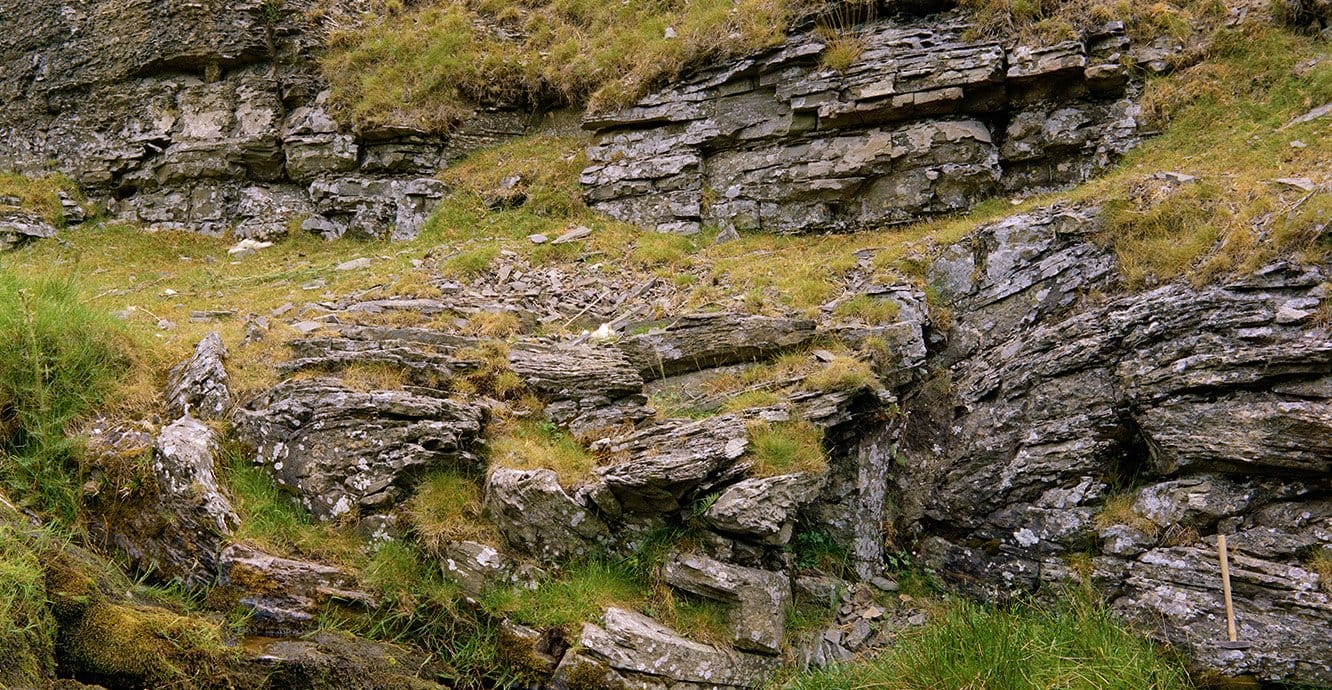
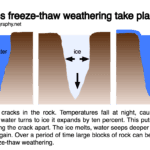
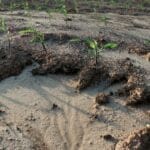
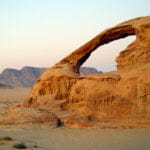
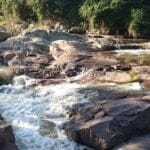
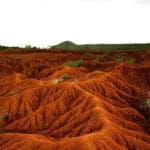
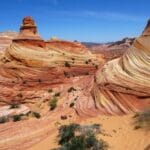










1 thought on “Identifying Chemical Weathering: Examples of Earth’s Surface Transformations”
Comments are closed.